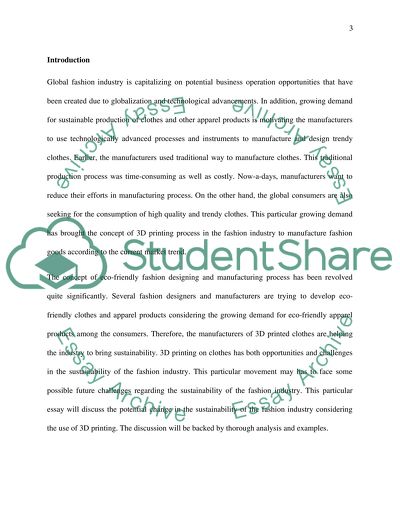Cite this document
(“Contemporary Issues in Fashion Essay Example | Topics and Well Written Essays - 2500 words”, n.d.)
Contemporary Issues in Fashion Essay Example | Topics and Well Written Essays - 2500 words. Retrieved from https://studentshare.org/marketing/1701942-any-topic-writers-choice
Contemporary Issues in Fashion Essay Example | Topics and Well Written Essays - 2500 words. Retrieved from https://studentshare.org/marketing/1701942-any-topic-writers-choice
(Contemporary Issues in Fashion Essay Example | Topics and Well Written Essays - 2500 Words)
Contemporary Issues in Fashion Essay Example | Topics and Well Written Essays - 2500 Words. https://studentshare.org/marketing/1701942-any-topic-writers-choice.
Contemporary Issues in Fashion Essay Example | Topics and Well Written Essays - 2500 Words. https://studentshare.org/marketing/1701942-any-topic-writers-choice.
“Contemporary Issues in Fashion Essay Example | Topics and Well Written Essays - 2500 Words”, n.d. https://studentshare.org/marketing/1701942-any-topic-writers-choice.


